People are often surprised when I tell them I can my own fish. The first time I canned fish, it was albacore, in California, and the instructions we had to follow made it needlessly messy and complicated. So here is a little photo essay of how I can salmon at home.
WARNING! Please be aware that there are hazards to this activity, and some of the risks are worth noting and making a strong warning about. Canners, operating under pressure, can explode if misused or if the valves and other safety features are not working properly! Also, on some types of canners, there is a pressure release valve that should be tested every year. Failure to do that could create unsafe pressure levels in the canner, or, fail to reach the adequate temperature to produce safe food. Don’t rely on just my instructions here! Read a book, or better yet, the instruction manual with your canner! If you insist on doing something boneheaded and blowing yourself up, or canning up a nice crop of botulinum, well, don’t come crying to me. I told you so!
Enough said…
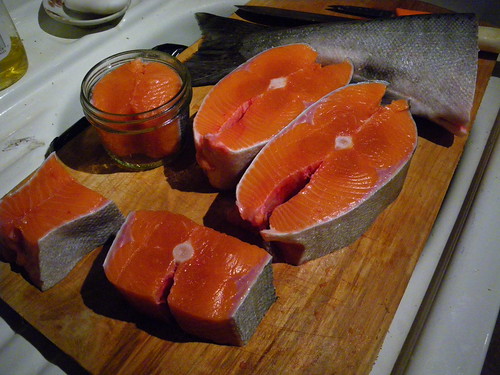
I like to use wide mouth, half pint jars. Pints are too big, I think, and half pints make a bite-sized, less imposing gift for the faint of heart. Cut the fish so as to fit in whatever size jar you use, and carefully pack it into each jar, as fully as you can without going over the top of the jar. Throw a pinch of salt on the top of each jar’s contents.

Then carefully wipe each jar’s sealing edge clean, and put a NEW lid on, with a ring and screw it down snug.
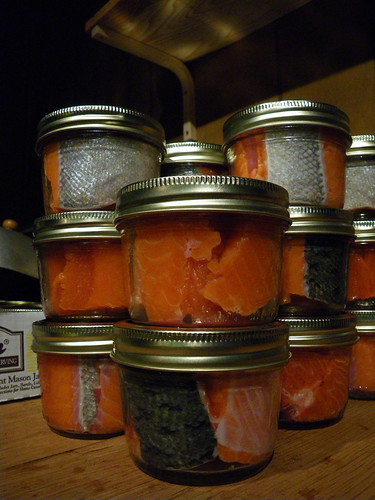
My canner is pretty much the cream of the crop: an All American, aluminum model 921. It has a weighted pressure control, rather than a petcock. I like the weighted kind better, but don’t lose your weight! It’s a drag to have a canner full of fish starting to warm up and then realize that you can’t find the weight. This canner also has no rubber gasket, which can fail. It has a carefully machined fit lid, and you need to dog the lid down evenly and snugly. Pack the jars in the canner. Use one of these metal layer separators on the bottom too. Put a couple of inches of water in the bottom before you close it up!
Once you get the canner packed and sealed up, put it on the heat, and watch for when it starts to vent steam. Once you get a good head of steam coming out of the vent for 10 minutes, then either close the petcock, or put the weight on, using the 10 PSI setting whichever you use. When the pressure comes up to 10, then start the clock. I use an hour and fifty minutes at 10 PSI.
When the time is up, turn off the heat and let it cool off. I usually deal with it in the morning, so it is good and cold when I have to handle it. I check and clean each jar as it comes out and then label it with a pen on the lid. Done!
If I figure an eight ounce tin of hand canned fish might go for 6 or 7$ at the co-op, then my 12# fish is “worth” about $100-120 if I had to buy it at the store.
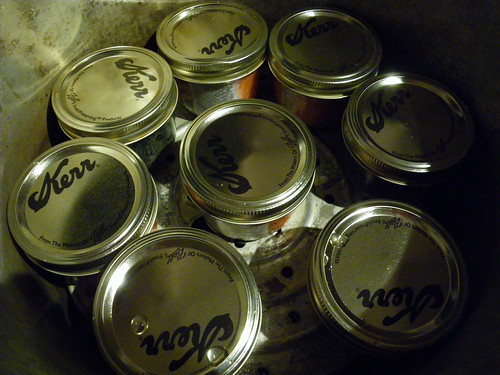
And I’m not done. I decided on this fish to take a couple of small fillets to make gravlax out of. I usually use coho for that, and have never made gravlax from a springer before. Should be good!

Last but not least, I take the head and fins and all the other scraps and put it in the dutch oven with a little butter and cook it up on the stove. Salmon cheeks….. mmmmm…


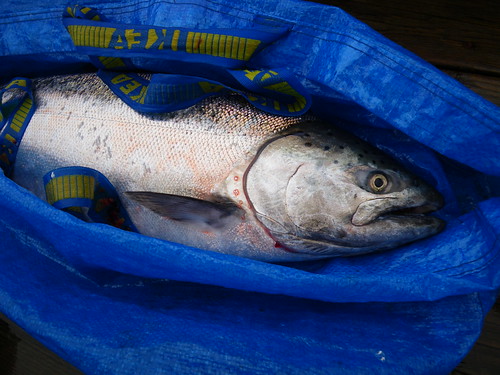
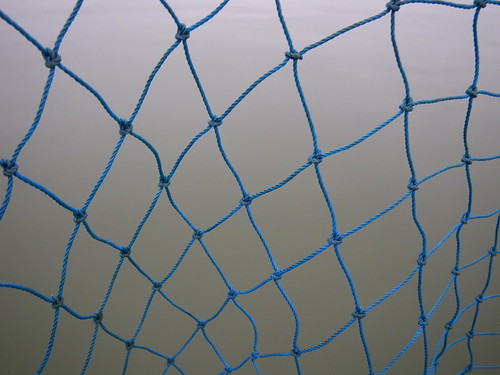
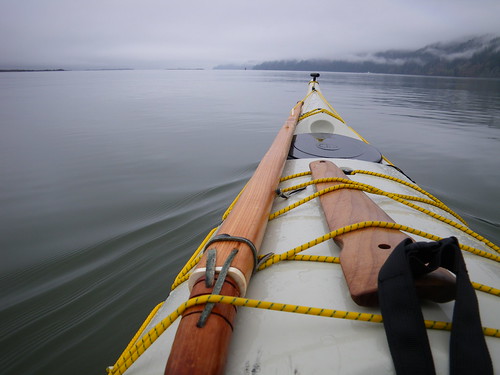
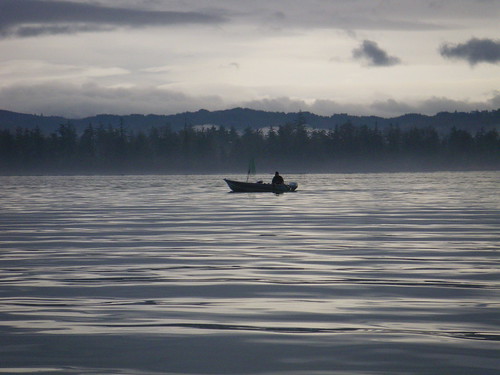
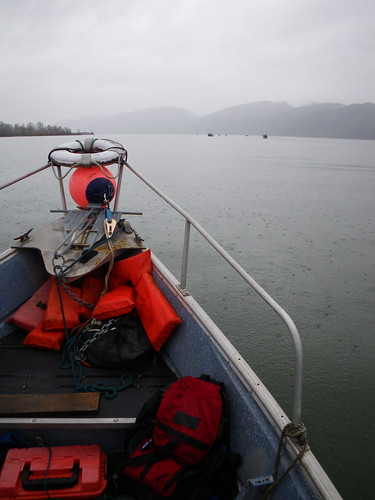
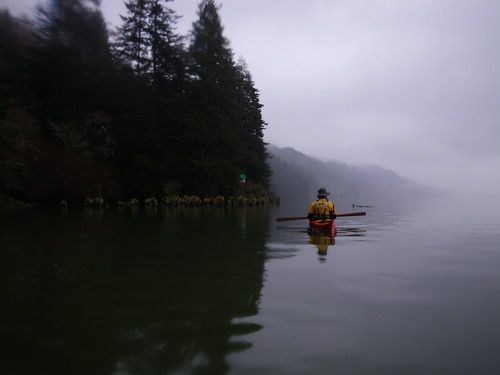
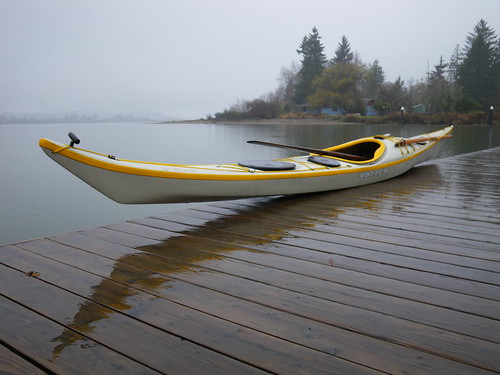

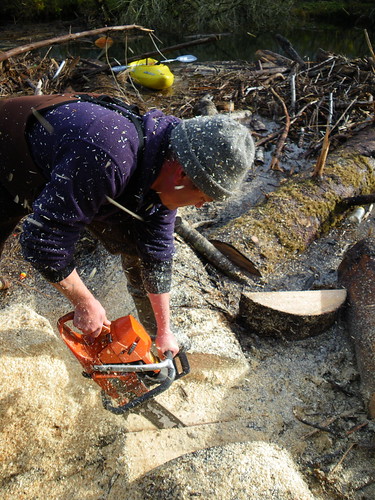
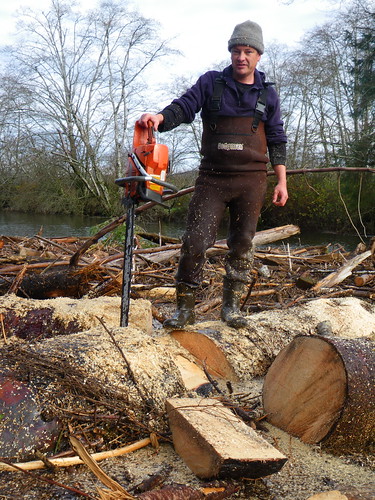
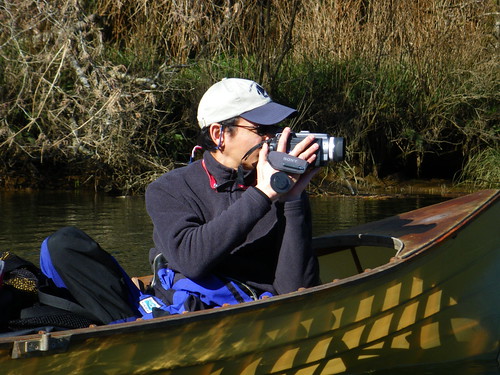


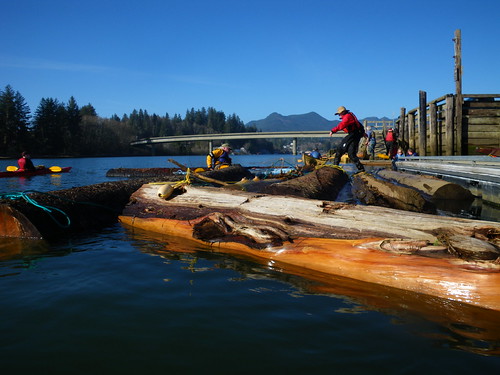


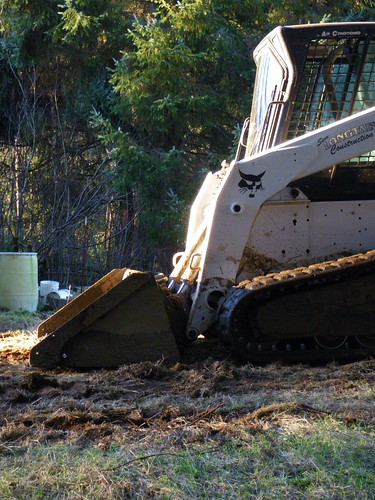


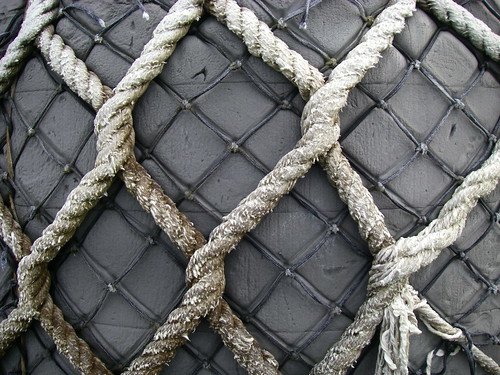

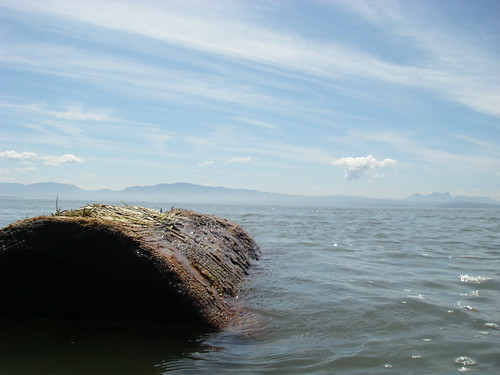
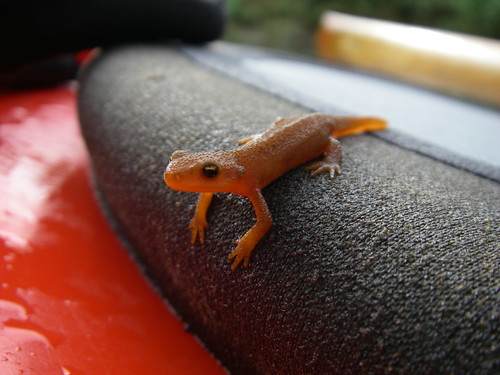
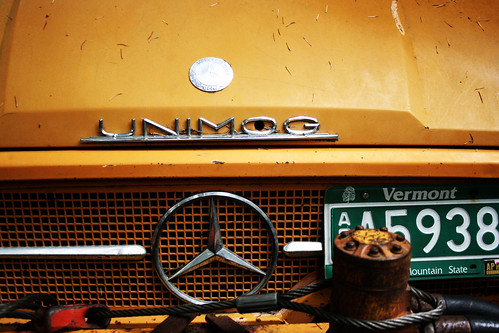
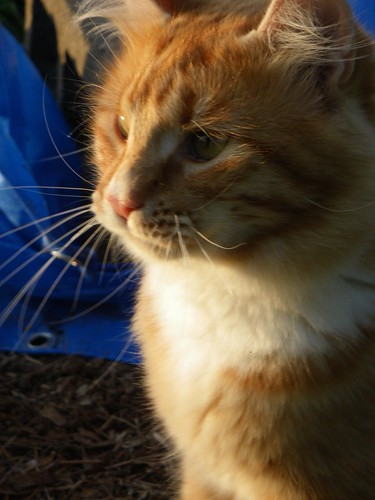
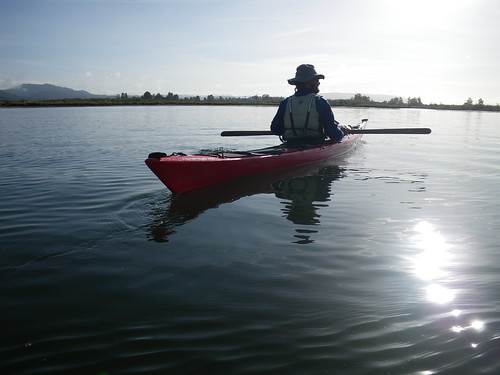
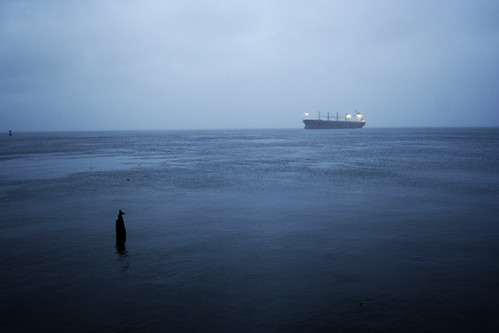
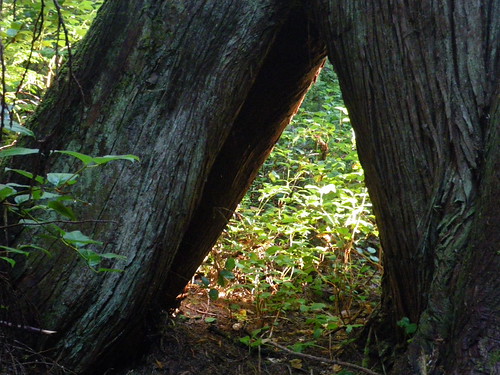
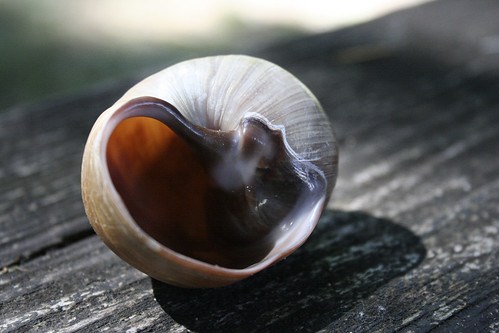
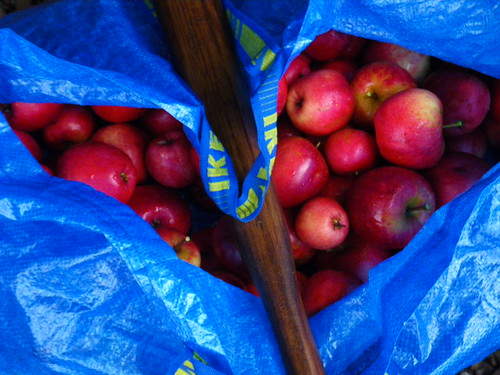
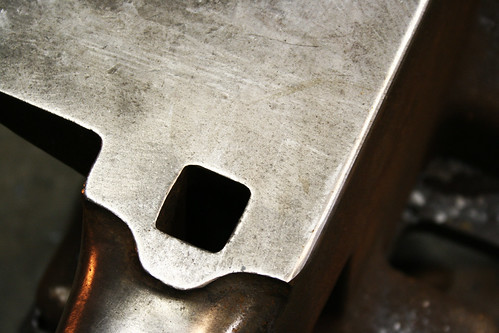
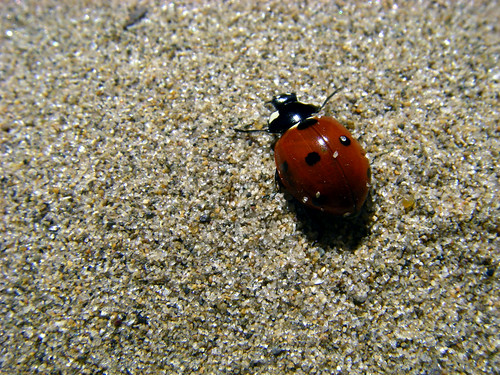
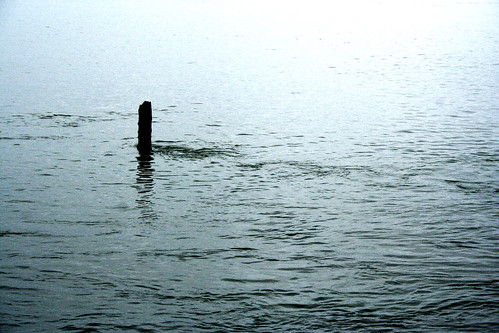

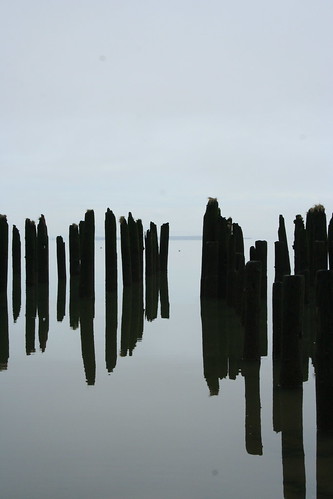
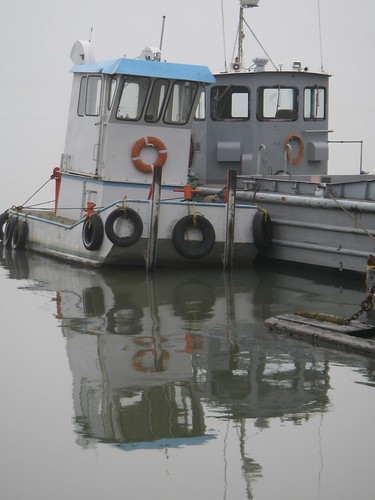


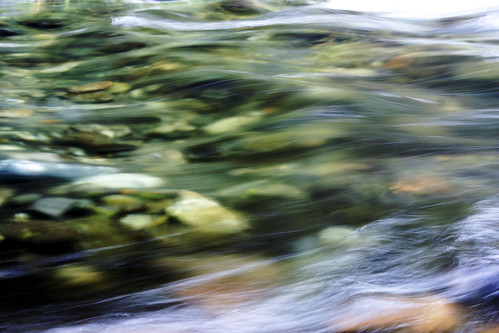
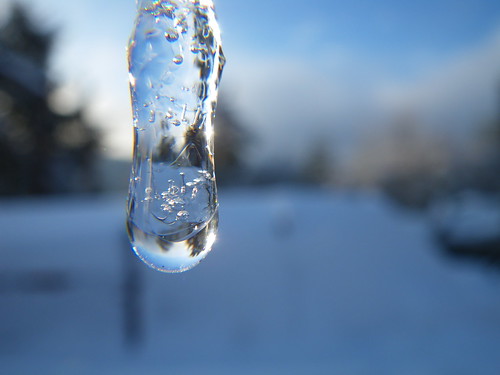
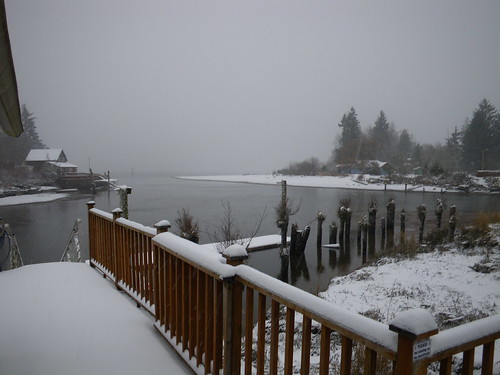


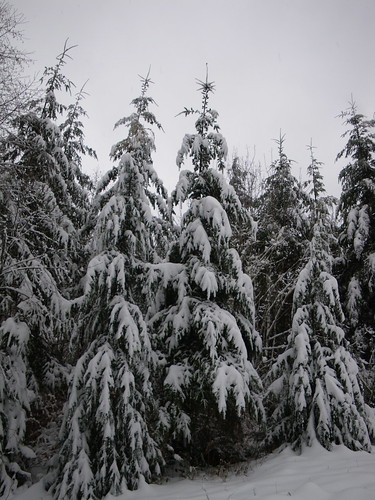
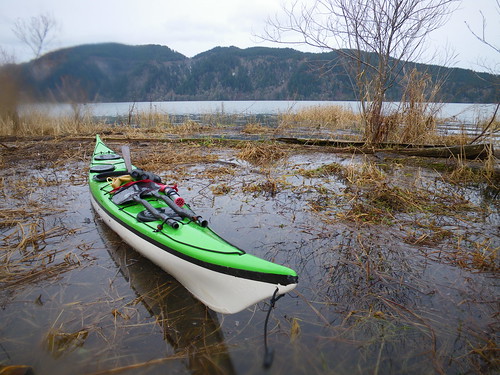
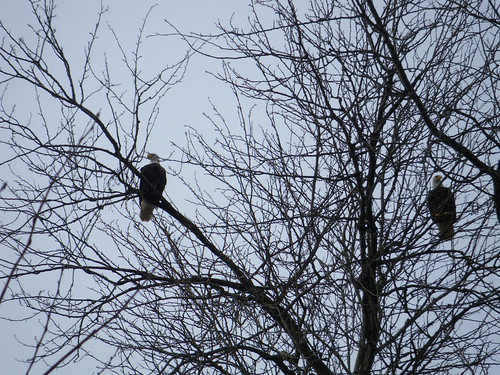
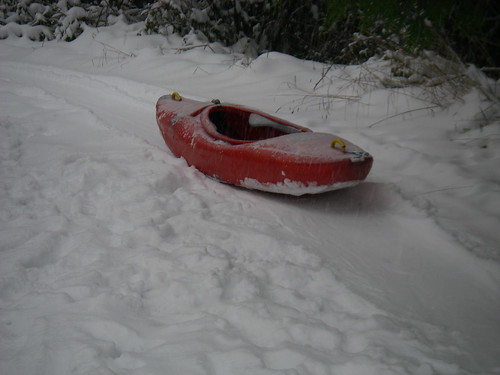


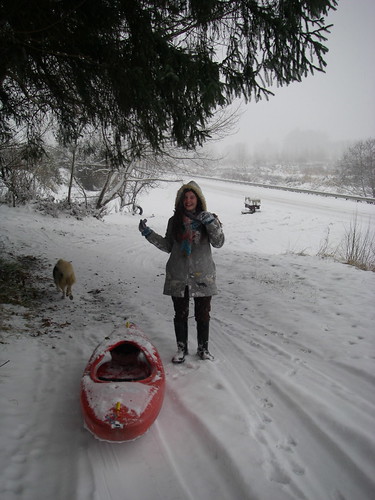

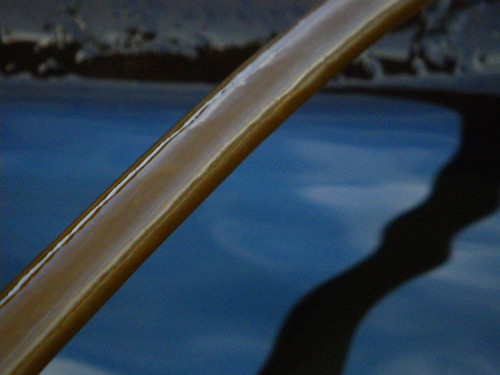
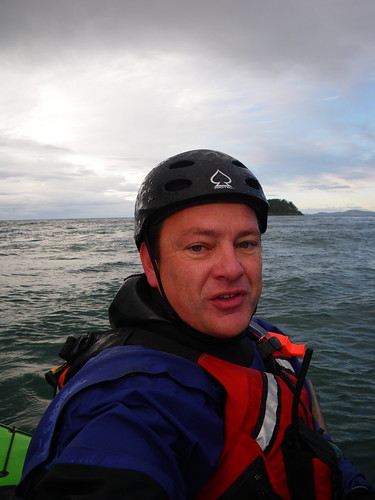

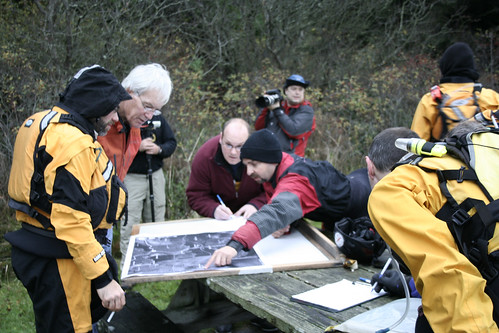


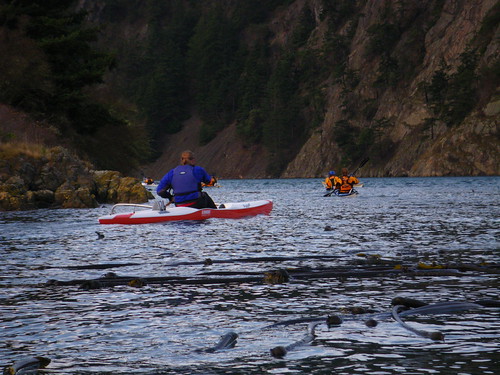
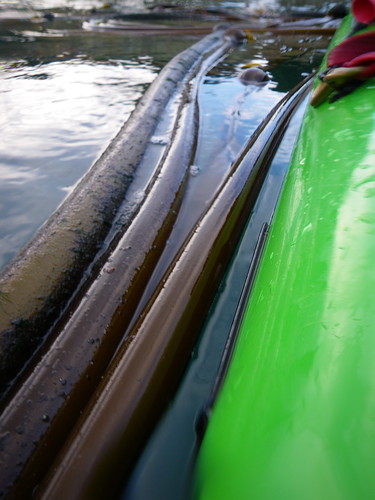

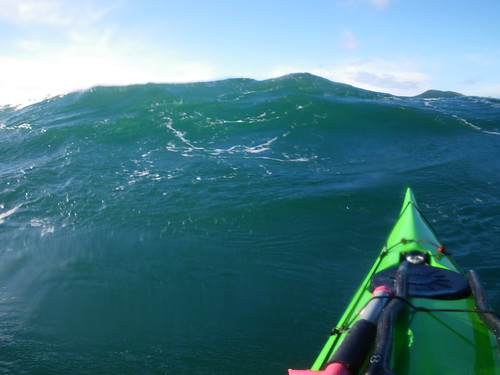
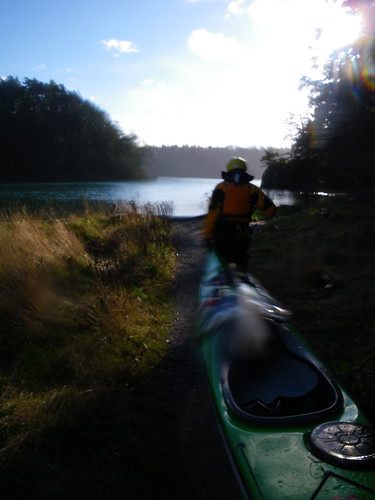
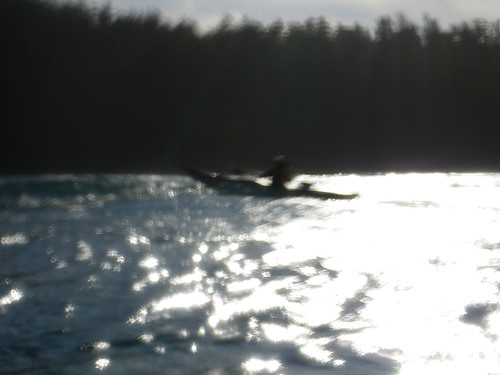

Recent Comments